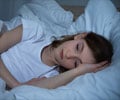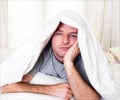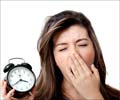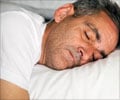A joint study has found that providing more light exposure to employees at the office leads to longer sleep duration and better sleep quality.
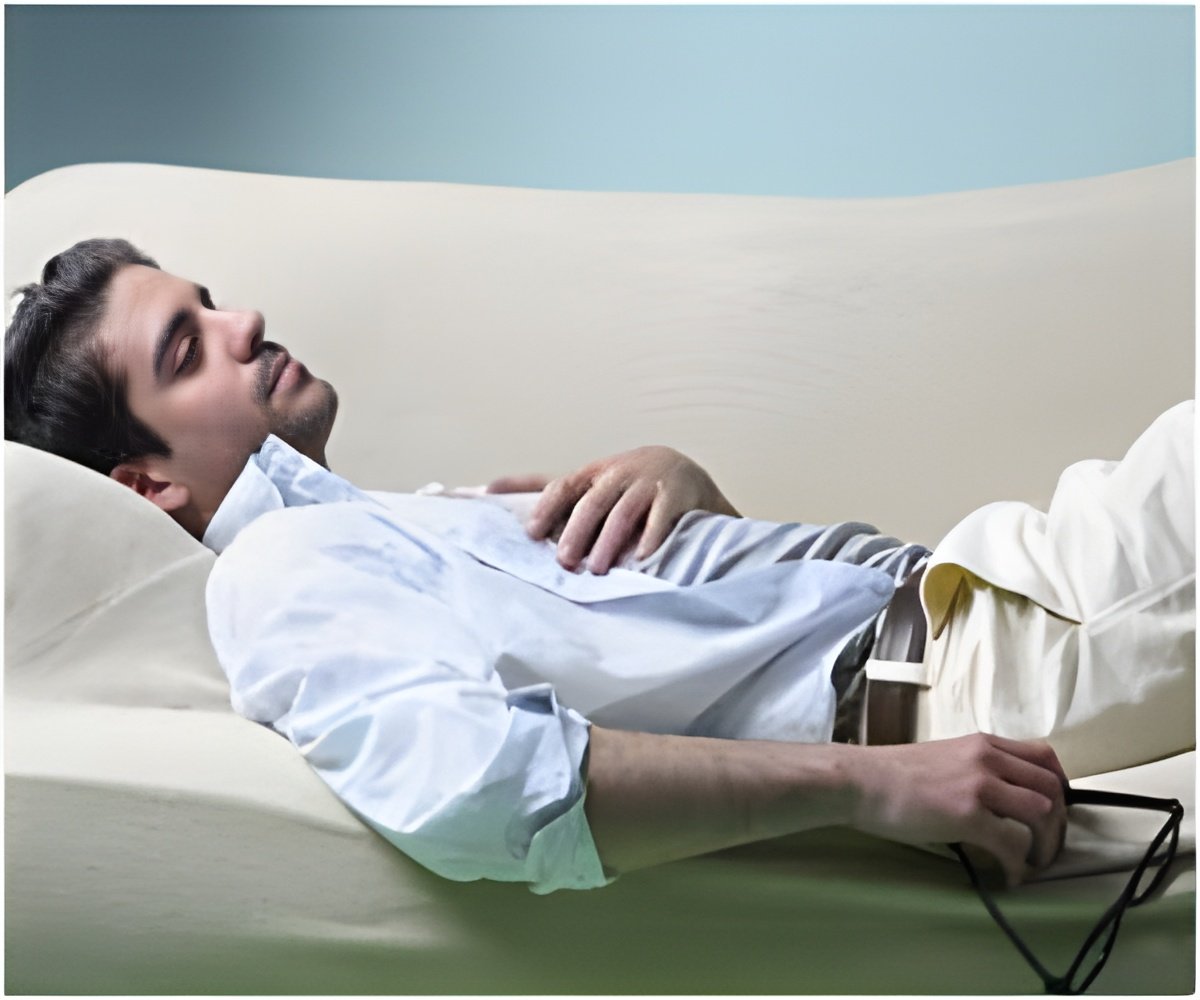
Employees with windows in the workplace received 173 percent more white light exposure during work hours and slept an average of 46 minutes more per night than employees who did not have the natural light exposure in the workplace. There also was a trend for workers in offices with windows to have more physical activity than those without windows.
Workers without windows reported poorer scores than their counterparts on quality of life measures related to physical problems and vitality, as well as poorer outcomes on measures of overall sleep quality and sleep disturbances.
The study was reported in the Journal of Clinical Sleep Medicine in June.
"There is increasing evidence that exposure to light, during the day, particularly in the morning, is beneficial to your health via its effects on mood, alertness and metabolism," said senior study author Phyllis Zee, M.D., a Northwestern Medicine neurologist and sleep specialist. "Workers are a group at risk because they are typically indoors often without access to natural or even artificial bright light for the entire day. The study results confirm that light during the natural daylight hours has powerful effects on health."
Zee is the Benjamin and Virginia T. Boshes Professor of Neurology at Northwestern University Feinberg School of Medicine and director of the Sleep Disorders Center at Northwestern Memorial Hospital.
Advertisement
A simple design solution to augment daylight penetration in office buildings would be to make sure the workstations are within 20 to 25 feet of the peripheral walls containing the windows, noted Boubekri. "Daylight from side windows almost vanishes after 20 to 25 feet from the windows," he said.
Advertisement
Actigraphy is a single device worn on the wrist that gives measures of light exposure as well as activity and sleep. This is an ambulatory physiological data logger that records motion and light illuminance. The motion was used to determine activity levels during waking time and to calculate sleep time. The light luminance was used for measures of light exposure during the workday period.
"Light is the most important synchronizing agent for the brain and body," said Ivy Cheung, co-lead author and Ph.D. candidate in neuroscience in Zee's lab at Northwestern. "Proper synchronization of your internal biological rhythms with the earth's daily rotation has been shown to be essential for health."
Also, people who get more light during the day may sleep better at night, which can also help improve health, Zee noted.
Other authors include Kathryn Reid from Northwestern and Chia Hui-Wang from the University of Illinois.
Source-Eurekalert

